Food industry raw materials
Raw materials of food industry are used in different parts of production, storage and packaging of food products. There are currently, many additives that are added to food products for various purposes. Food industry factories use food industry raw materials to improve product texture, create sufficient moisture, provide sufficient protein, rise emulsifying feature, rise shelf life, bulking, etc. In the following, we will indicate some basic food ingredients and their characteristics.
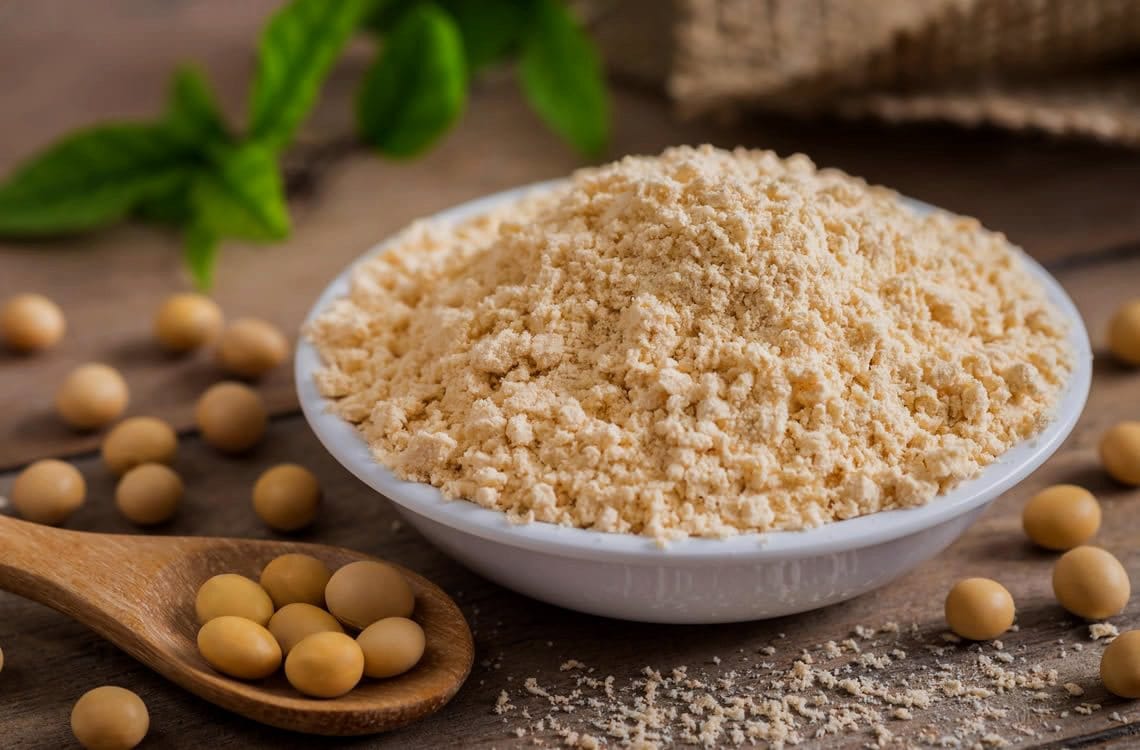
Soy Protein Isolate
Soybean protein isolate is one of the raw materials of the food industry, with more than 90% protein and nearly 20 types of amino acids, it is used as an important source of vegetable protein in the production of meat and dairy products. This valuable material is even used in the production of pasta and athletic supplements in order to provide enough protein and help improve the final texture of the product. Among the applications of soy protein isolate in the meat products, we can indicate all kinds of sausages, seafood, frozen products and emulsion meat products. The characteristics of soy isolate applications in the meat products are as follows:
- Improving product texture and cutability
- Formation of water in oil emulsion
- Humidity Absorber
- Reduction of wrinkles on the surface of the product
- Providing Product's Protein
- Rising water and oil retention in the product texture through gel formation
Other Applications of Soy Protein Isolate
Soy protein isolate in dairy products such as ice cream is a suitable substitute for milk powder. Also, by increasing the emulsifying properties of ice cream, this product reduces the formation of ice crystals and the phenomenon of sanding.
In bread production, by adding 5% soy protein isolate to the dough, you will rise the volume of the bread, prevent the accumulation of fat in the dough, improve the color of the bread and rise its shelf life. It should be mentioned that by adding 2-3% of soy protein isolate to the noodle dough, you will reduce the delicacy of the dough after cooking.
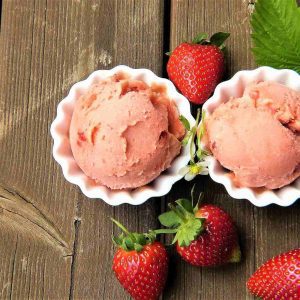
Sodium Carboxymethyl Cellulose
Sodium carboxymethyl cellulose (CMC), xanthan and guar gums as Stabilizers are used in various industries. Carboxymethyl cellulose or CMC It is a white and tasteless compound obtained from cellulose. This material is a low-calorie polysaccharide that, in addition to dissolving in hot and cold water, It also has a high water storage capacity. Carboxymethyl cellulose is a type of hydrocolloid creates gel well when is combined with carrageenan and guar and can also act as an emulsifier. The following are the features of this product in the food industry did:
- Emulsion bulking and stabilization
- Specific interactions with proteins
- Hydrophilicity and Hydration
- suspending the particles
- Gelatinization and replacement of gelatin
- Being economical
- Stabilizer for juices (soft drinks)
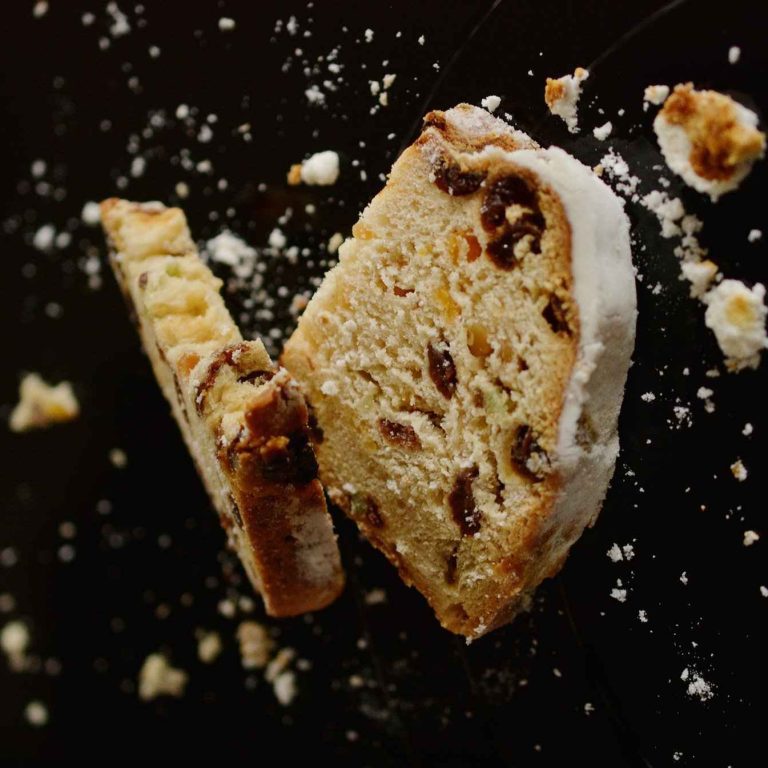
Viscosity or flow resistance is the most important characteristic of ice cream. CMC powder is widely used in ice cream production. CMC rises viscosity in ice cream, it avoides ice crystals to grow and improves melting process. Carboxymethyl cellulose is also used in baking all kinds of sweets, bread and cakes, candies, juices. It reduce fat applications and improves the quality of bread at a lower cost, and with the homogen distribution of fat in the dough, it improves the separation of the dough from the molds. CMC is used as an emulsifier in biscuits and reduces the amount of egg yolk in the preparation of biscuits. The use of carboxymethyl cellulose in the preparation of candy improves its texture and quality, and it is used as an emulsifier in chewing gums.
Guar Gum
Guar gum is a type of hydrocolloid that has concentration and stabilization features. This substance plays a role as a stabilizer in the food, cosmetics, textiles, paper and pharmaceutical industries. Guar is usually produced in the form of a white powder and by instant mixing in hot and cold water it creates a suitable concentration. Guar gum is very economical and only a small amount is needed to produce sufficient viscosity.
Guar gum delays the growth of ice crystals and exhibits good stability during freezing and thawing cycles. Therefore, it is useful for preparing thick pastes without forming gel. Guar can be used in ice cream, cottage cheese, curd, yogurt, sauces, kefir, breakfast cereals, pudding, soup and frozen desserts.
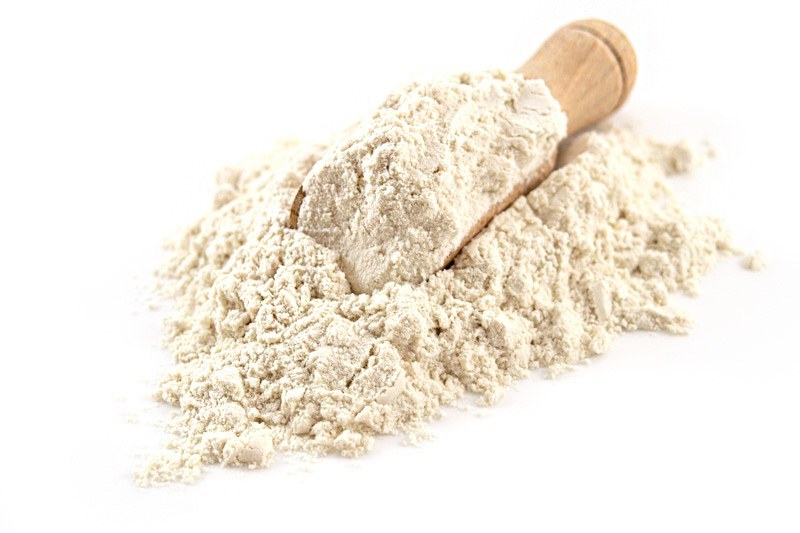
The amount of viscosity is reduced in low fat ice creams significantly, but adding some Guar as the fat replacement will compensate the viscosity reduction. Yogurt is one of the products of milk fermentation. Reducing fat and using its replacement in yogurt causes blood cholesterol reduction, as the result, adding guar gum to yogurt, causes blood cholesterol reduction, no fat absorption and tissue strength in yogurt. Guar gum usually is low calorie and is made up of soluble fiber. Some of the features of guar gum are:
- Resistance to freezing and defreezing
- Increasing viscosity and elasticity
- Reducing the amount of watering the product
- Emulsifier
- Toothpaste Concentrator
- Shampoo softener
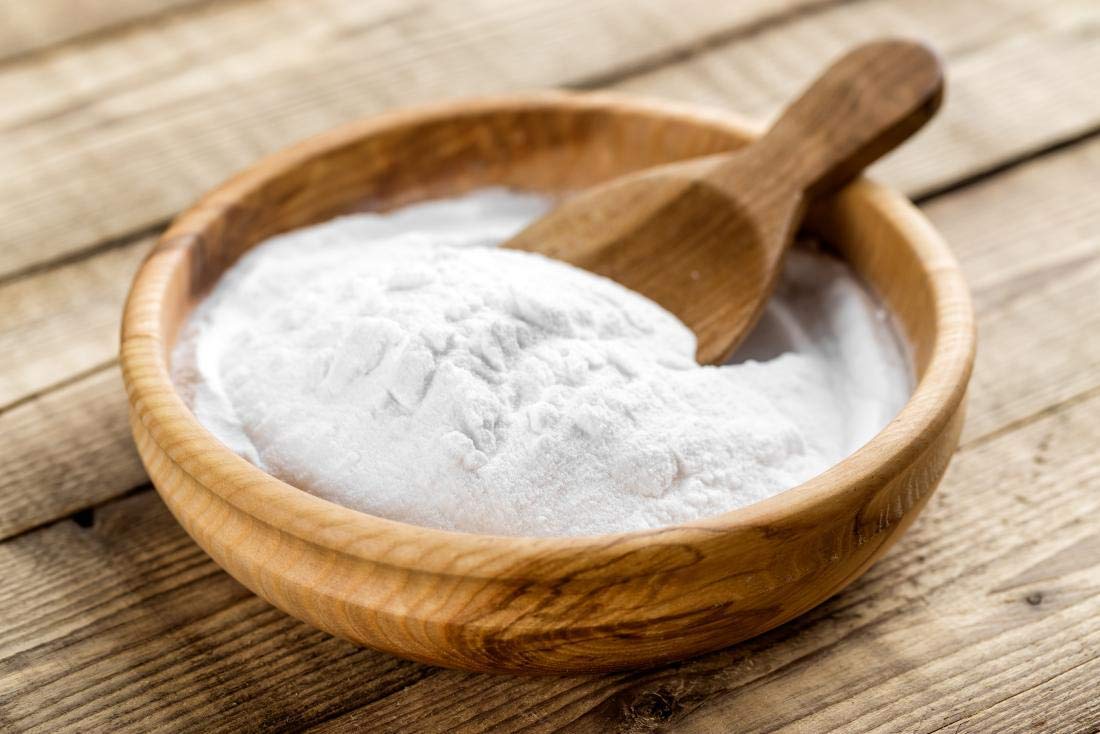
Xanthan Gum
Xanthan is a creamy-color powder that is soluble in cold or hot water and produces relatively high viscosity solutions at low concentrations. This material has a significant effect on the features such as texture, aroma release and appearance, which helps the product to be accepted for consumption. Unlike the other natural gums, xanthan gum is stable against acid. Xanthan cannot be metabolized by the human organism, so it is considered as a dietary fiber. This substance is used as one of the permitted additives in the food industry to create a suitable concentration, create a gel and control the formation of ice crystals in frozen foods such as ice cream.
The use of xanthan gum in low fat mayonnaise has been shown to increase the viscosity of the product. Due to its high ability to retain water, xanthan increases dough consistency, improves volume and crispness, and increases the amount of water absorption in the bread dough, so it postpone the staleness of bread. Xanthan is a suitable replacement for gluten and improves the digestion of bread for those who cannot digest gluten. This material is also used in many industries such as cosmetics and health industries, for example, it is used in lotions, shampoos, toothpastes, liquid soaps and mascara. Xanthan gum gives a good feeling to the skin while using creams and lotions. Some features of xanthan in the food industry are:
- Fat replacement in food formulation
- Creating a better taste and feeling in the mouth
- Stabilization of the flour products
- Reducing the time of the thermal process of canning
- Rising the viscosity
- Emulsion stability of dairy products
- Emulsion stability in salad dressing
- Product quality improvement in frozen products
- Suspension of solid particles such as spices
